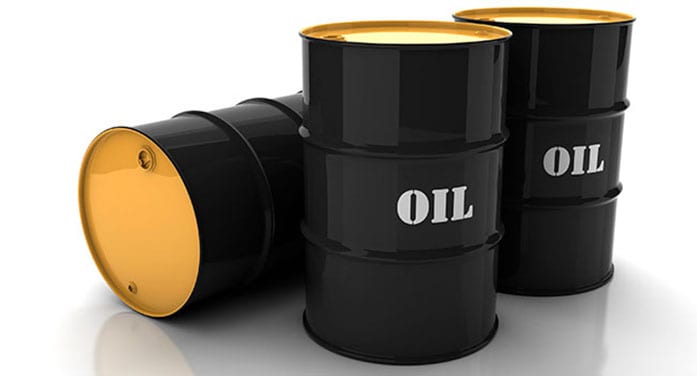 Surprising the markets and going against expectations, the Organization of Petroleum Exporting Countries and its allies in the extended OPEC+ changed course at their ministerial meeting last week.
Surprising the markets and going against expectations, the Organization of Petroleum Exporting Countries and its allies in the extended OPEC+ changed course at their ministerial meeting last week.
At the virtual meeting, OPEC+ opted to increase its output by 350,000 barrels per day (bpd) in May another 350,000 bpd in June, and roughly an additional 440,000 bpd in July.
Saudi Arabia also agreed to gradually ease its additional voluntary cuts of one million bpd and eliminate them altogether by the end of July.
All this will mean an additional flow of some two million bpd of crude into the markets by July.
The OPEC+ decision to loosen the crude tap was in sharp contrast to what pundits have been betting on.
The expectation of a rise in demand during summer may have contributed to this decision.
But many now feel that a conversation between United States Energy Secretary Jennifer Granholm and Saudi counterpart Prince Abdulaziz bin Salman, on the eve of the meeting, may have played a crucial role in the ultimate OPEC+ decision.
What transpired between the two remains unclear. Conflicting versions are being reported.
On Twitter, Granholm said she had a “positive” call with Abdulaziz ahead of the OPEC+ meeting. “We reaffirmed the importance of international co-operation to ensure affordable and reliable sources of energy for consumers.”
Abdulaziz presented a different version. Denying that U.S. pressure had played any role in the OPEC+ decision, the prince said after the meeting that he didn’t discuss oil markets with Granholm. “We did not talk about oil, oil markets, or oil prices. Period.”
The reason for the uneasiness in the United States on rising crude prices is evident. With the continuing OPEC+ output cuts, markets were going into an overdrive mode. Prices at U.S. gas stations rose sharply to an average of $2.88 per gallon and $3-a-gallon gas was possible this summer.
The U.S. administration needed to intervene. And so it did.
But the intervention wasn’t through presidential tweets, as was the case in the Donald Trump era. With President Joe Biden in the White House, the old, structural handling of OPEC is back in play.
For OPEC+, the pitfalls of a decision apparently made as the result of U.S. pressure are obvious. Market demand is uncertain in the midst of the pandemic. Ontario, for example, is in a complete lockdown. Surging COVID-19 cases in Europe have forced France into lockdown, while the German health-care system is under strain. All this is happening as vaccine rollouts have suffered major delays.
OPEC+ is aware of these issues. With the COVID situation deteriorating in Europe, and before its ministerial meeting, OPEC+ reduced its estimate for global oil demand growth to 5.6 million bpd this year from the earlier 5.9 million bpd.
The oil market is “surrounded by uncertainties, including the prevalence of COVID-19 variants, the uneven rollout of vaccines, further lockdowns and third waves in several countries,” OPEC Secretary General Mohammad Barkindo told the committee of ministers responsible for the groundwork before formal OPEC+ ministerial meetings.
In the meantime, U.S. crude oil production has stabilized and is set to start rising again, says John Kemp in a commentary for Reuters. That would have an additional negative impact on the markets.
So U.S. pressure on OPEC has worked.
But with crude output going up and COVID-19 continuing to be a threat to the global economy, oil markets could stay under pressure over the next few months.
Toronto-based Rashid Husain Syed is a respected energy and political analyst. The Middle East is his area of focus. As well as writing for major local and global newspapers, Rashid is also a regular speaker at major international conferences. He has been asked to provide his perspective on global energy issues by both the Department of Energy in Washington and the International Energy Agency in Paris. For interview requests, click here.
The views, opinions and positions expressed by columnists and contributors are the authors’ alone. They do not inherently or expressly reflect the views, opinions and/or positions of our publication.


